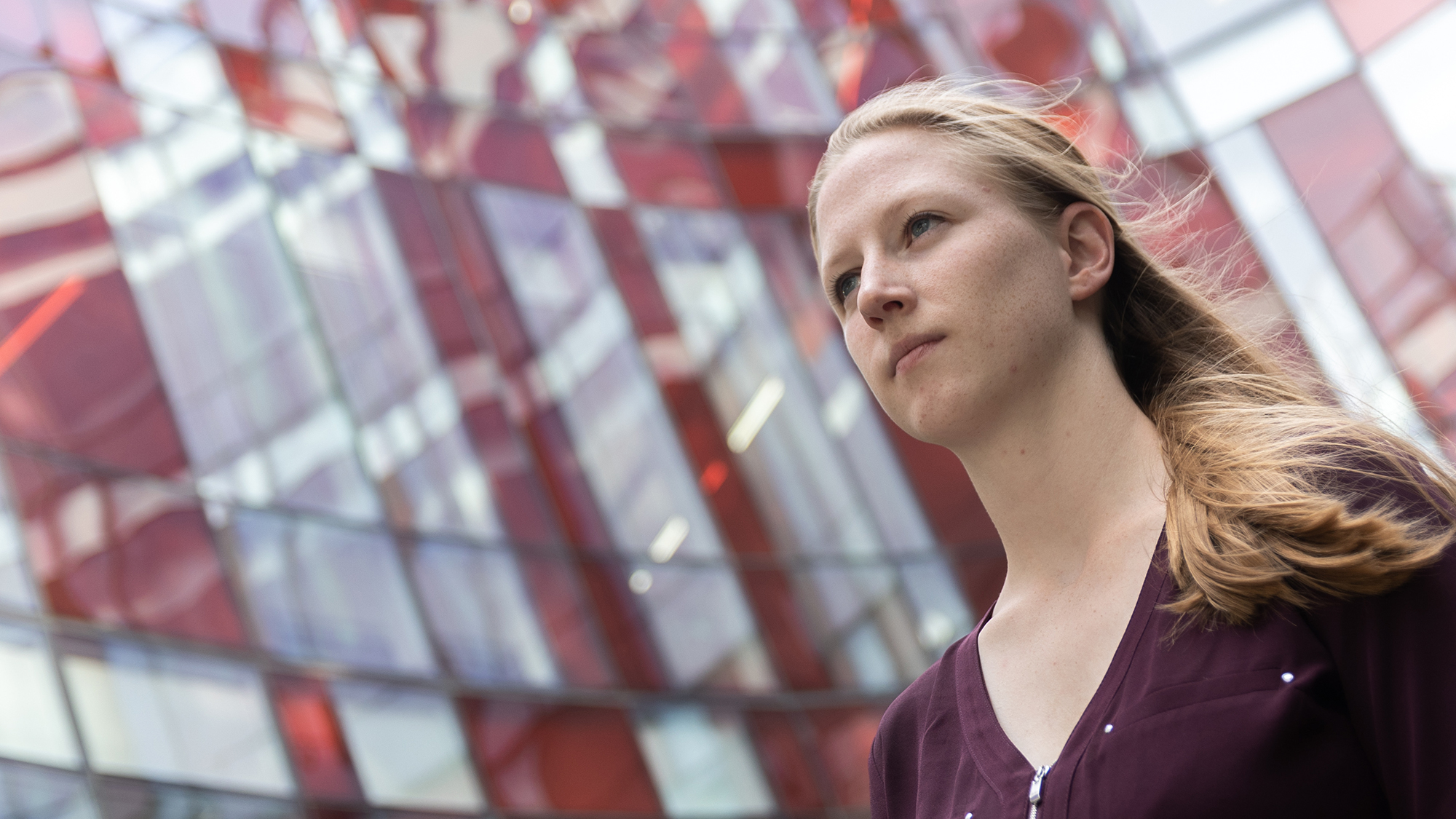By Destiny Herbers
For The Diamondback
For most of her year working in a technical department, Mika Chmielewski was always the sole woman in the room. Shortly before she left for graduate school at the University of Maryland, the company finally hired another woman.
It is an experience other women have faced as well, Chmielewski said. Seeking community and mentorship, she joined the university’s Women in Physics group during her first year.
Women in Physics, an organization of undergraduate and graduate students, creates meaningful, working relationships and friendships between members at different stages of their academic journeys.
Dr. Amitabh Varshney named interim research VP at UMD
Only about 20 percent of undergraduate students in the physics department at this university are women, the university reported in fall 2020. The graduate program was reported to have even fewer women, with about 18 percent in the department.
“I mean physics is a pretty daunting subject for anyone. And especially if you might not see as many people in the field who look like you, doing the things you want to be doing,” Chmielewski said. “It can be really helpful to have that mentor, who does share some experiences with you.”
Women in Physics provides a space where students can meet a larger sample of students with similar experiences who they wouldn’t necessarily meet otherwise, said Michelle Girvan, a physics professor at this university and adviser of the club.
“As the professor at the front of the classroom I don’t necessarily see those struggles in their transition periods,” Girvan said. “But when I get a chance to talk to students one-on-one, I start to hear about these difficulties, and particularly, about some of the gender role-related difficulties.”
According to its website, the group has been working to foster a supportive community among women in physics at this university for over a decade. It can also help members adjust to new workloads, find professional opportunities and develop a sense of direction for their future studies.
Some graduate students who act as mentors find the program enriching, according to second year graduate student Ina Flood.
“Being able to then sort of pay it forward and be a mentor with the organization has been great,” Flood said.
UMD graduate students say their stipends make it hard to stay afloat financially
The mentorship program fosters relationships early on through events, which gives students a support system and someone to rely on as they advance through the physics program.
“For me, looking back, it would have been great to have a mentor like this,” Flood said. “I think I did have some just on accident, but it’s great that it’s set up on purpose.”
Isabelle Alvi, a sophomore physics major, joined the group for a simple reason.
“Honestly, I just want to have female physics major friends,” she said. “It’s a little bit harder since there are a lot fewer women in my classes.”
Developing a community of support among people with shared experiences is an essential purpose of Women in Physics, whether members choose to participate in the mentorship program or not, the members agreed.
“We can help show you that this is a really welcoming community, this is a place where you have a place,” Chmielewski said. “We want you to be here.”



